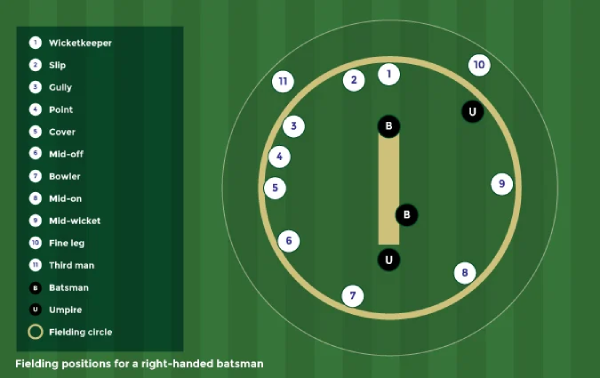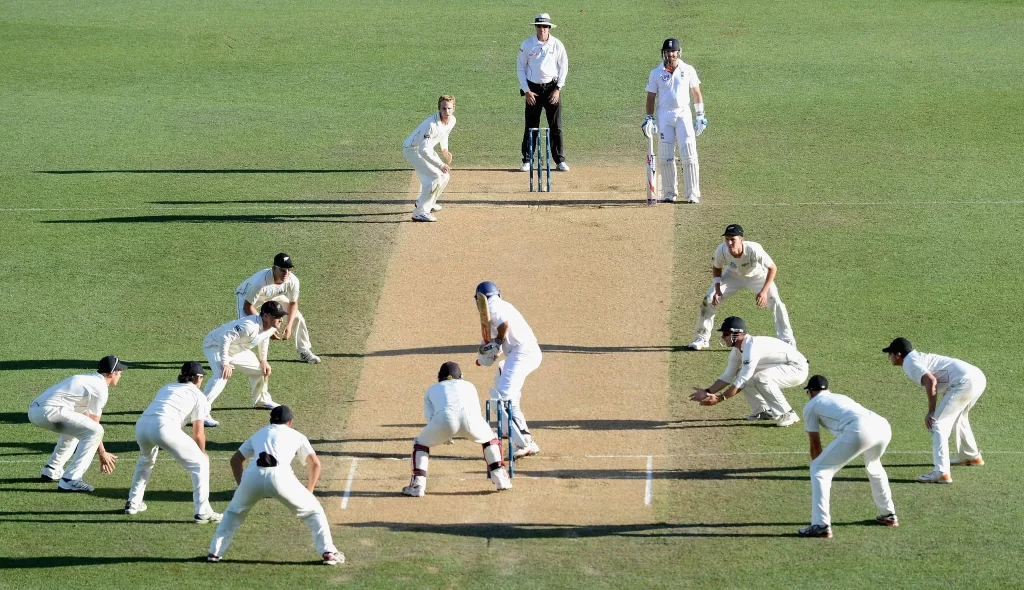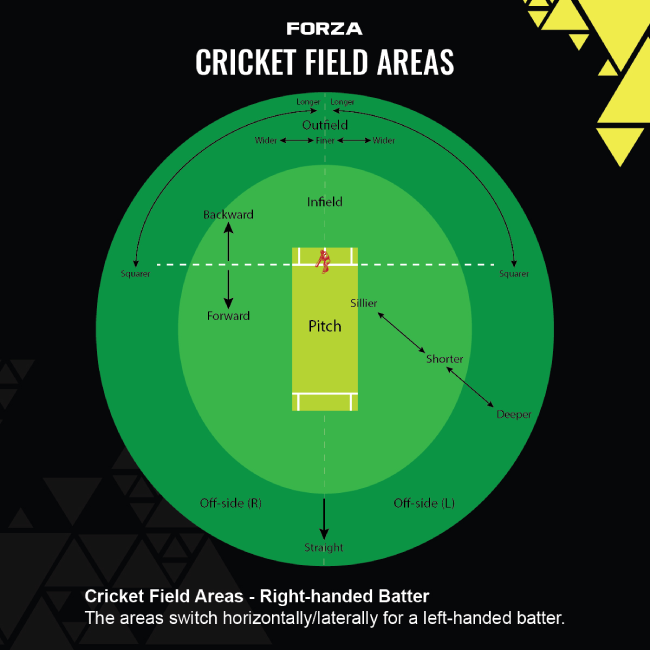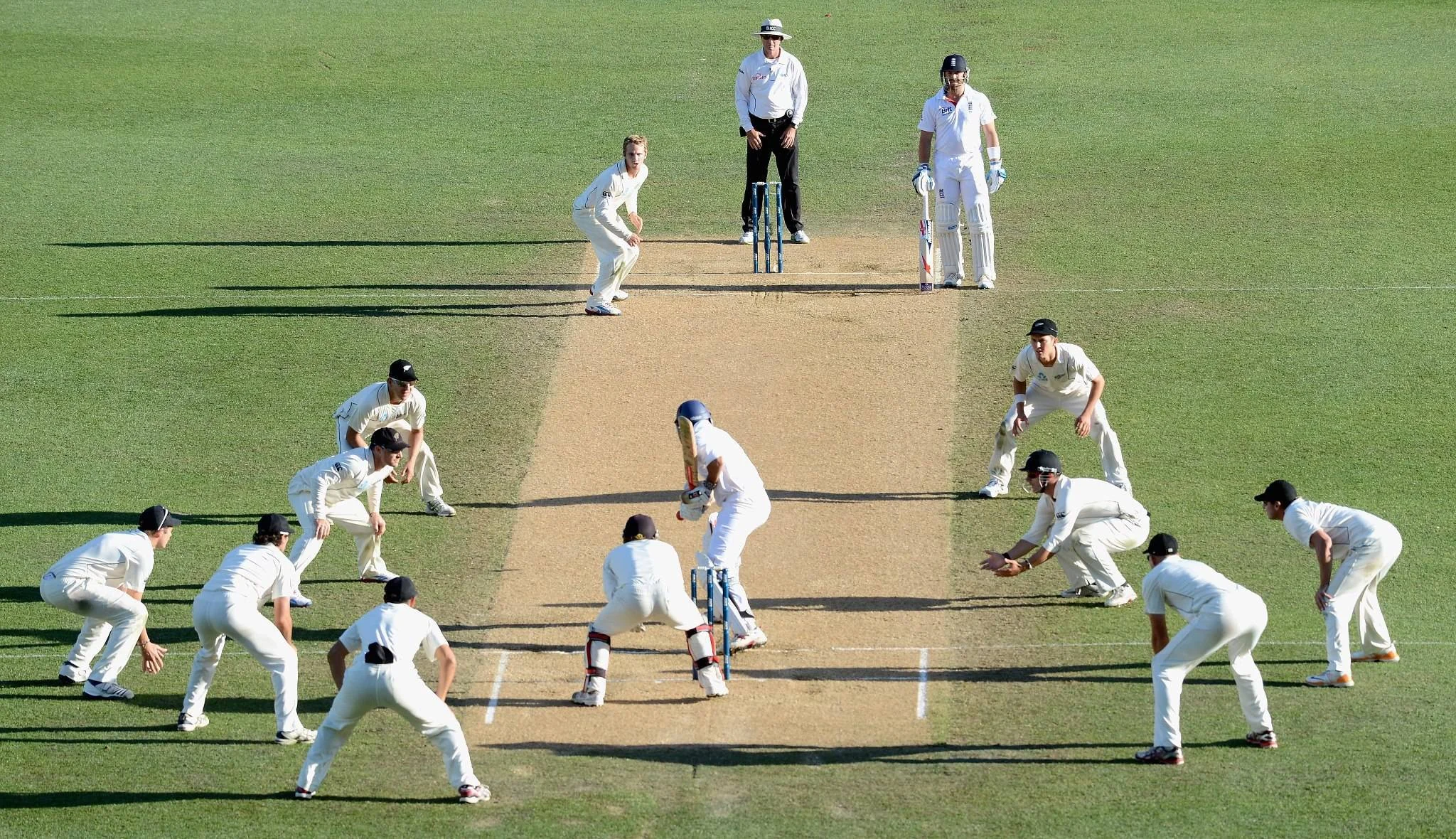Introduction to Cricket Fielding Positions
Cricket is a dynamic game, where the fielding positions can determine the outcome of a match. Knowing the cricket fielding positions is critical for every player, whether you’re a beginner or an experienced cricketer. The arrangement of fielders in cricket varies depending on the type of match, the batsman’s strengths, and the bowler’s style. In this guide, we’ll explore the essential fielding positions, their roles, and tips for effective positioning.

Content
Common Cricket Fielding Positions
Understanding the fielding positions in cricket is fundamental for both team strategy and individual performance. The positions not only help to prevent runs but also create opportunities for taking wickets. Here are the most common positions you will find on a cricket field:
1. Slip Fielders
Slip fielders are positioned next to the wicketkeeper on the off-side, usually between the first and third slip. This position is key for catching balls that are edged by the batsman but not caught by the wicketkeeper. The slip fielders should have quick reflexes and be ready for sharp catches.
2. Short Leg
The short leg is one of the most challenging positions in cricket. Positioned on the leg side, near the batsman’s leg, the short leg fielder must be alert to catch any balls that may deflect off the batsman’s body or gloves. This position requires quick thinking and resilience.
3. Midfield
A midfield fielder is typically stationed between mid-on and mid-off. This player is responsible for stopping powerful shots from the batsman while being positioned at a distance where they can cut off any runs in the middle of the field. Strong fielding skills are necessary to make stops and force a run-out.
4. Outfield Positions
The outfield positions include deep cover, deep mid-on, and deep mid-off. These fielders are positioned at the boundary line to catch high balls or stop boundary-bound shots. Their primary job is to prevent four or six runs from being scored, but they must also be prepared for fielding the ball quickly and returning it to the wicketkeeper.
Effective Tips for Cricket Fielding Positions

To become a better fielder, knowing where to position yourself is just as important as knowing how to field. Here are some tips for effective fielding that can make a significant difference during a match:
1. Watch the Ball Carefully
A key component of being a successful fielder is keeping your eyes on the ball at all times. Whether you’re standing in the slip or at short leg, tracking the ball can help you react quickly to any deflections or edges that come your way.
2. Stay in Ready Position
Always maintain a ready stance, especially when fielding in positions like short leg or slip. Being on the balls of your feet and having your hands ready will allow you to move swiftly in any direction, whether you need to take a catch or stop a boundary.
3. Understand the Bowler’s Line and Length
Each bowler has their own style, and positioning yourself based on their line and length is vital. For example, if a fast bowler is bowling, a deep cover fielder might need to be more alert to cover off-side shots, while a spinner may need you closer to the wicket.
Advanced Fielding Positions and Their Roles
As a cricketer gains more experience, they learn about advanced fielding positions in cricket that may require quicker thinking or specialized skills. Some of these positions include:
1. Third Man
The third man fielder is positioned behind the slips, just past the wicketkeeper on the off-side. This position is primarily for preventing balls that are edged but don’t carry to the slip fielders. Third-man fielding requires fast reflexes and precise movement.
2. Fine Leg
Fine leg is a fielding position located behind the batsman on the leg side. This player is crucial for catching balls that may be pulled or flicked by the batsman. While it is a more passive position compared to others, the fine leg fielder can often save multiple runs with a well-timed stop.
3. Long On/Off
These positions are deep in the field, close to the boundary line, and are essential for limiting boundary shots. A long on or long off fielder must be alert to high-flying balls and be prepared to chase them down quickly to prevent runs from reaching the boundary.
How to Master Cricket Fielding Positions

Mastering cricket fielding positions involves more than just standing in the right spot—it requires awareness, anticipation, and agility. Here are some steps to master your fielding:
1. Position Based on Batsman’s Weaknesses
Study the batsman’s strengths and weaknesses. If they’re likely to hit the ball in a specific direction, position yourself accordingly. For example, if a batsman tends to hit straight drives, place a fielder at mid-off to stop those shots.
2. Practice Different Fielding Drills
Fielding drills are critical for improving reaction time and accuracy. Practice catching, throwing, and stopping balls in various positions to build muscle memory and improve your overall game.
3. Communicate with Your Team
Effective communication with your teammates can make a huge difference. Let your teammates know if you’re moving into a new position, and ensure that everyone is aware of their roles on the field.
Conclusion: Mastering Fielding for Success
In cricket, mastering the various fielding positions is key to becoming a well-rounded player. From slip fielding to long-on, every position has its role in preventing runs and creating wicket-taking opportunities. By understanding the key cricket fielding positions, using effective tips, and practicing your skills, you can improve your game and contribute to your team’s success.
Becoming an expert in fielding requires more than just understanding the positions—it’s about anticipating the ball, communicating with teammates, and consistently practicing. Remember, great fielders are often the unsung heroes of the game, making crucial stops and turning matches in their team’s favor.
FAQs About Cricket Fielding Positions
Q1: What is the most important fielding position in cricket?
The most important fielding position depends on the situation and the bowler’s style. However, positions like slip and short leg are critical for catching balls off the bat, while midfield and outfield positions are essential for stopping powerful shots.
Q2: How can I improve my fielding skills?
Improving your fielding skills involves practicing with drills, focusing on hand-eye coordination, and staying in the ready position at all times. It’s also important to understand the bowler’s strategy and adapt your positioning accordingly.

Emily Harris is your ticket to the sports world. From thrilling competitions to heartwarming sportsmanship, she’s got you covered with her extensive sports insight.

